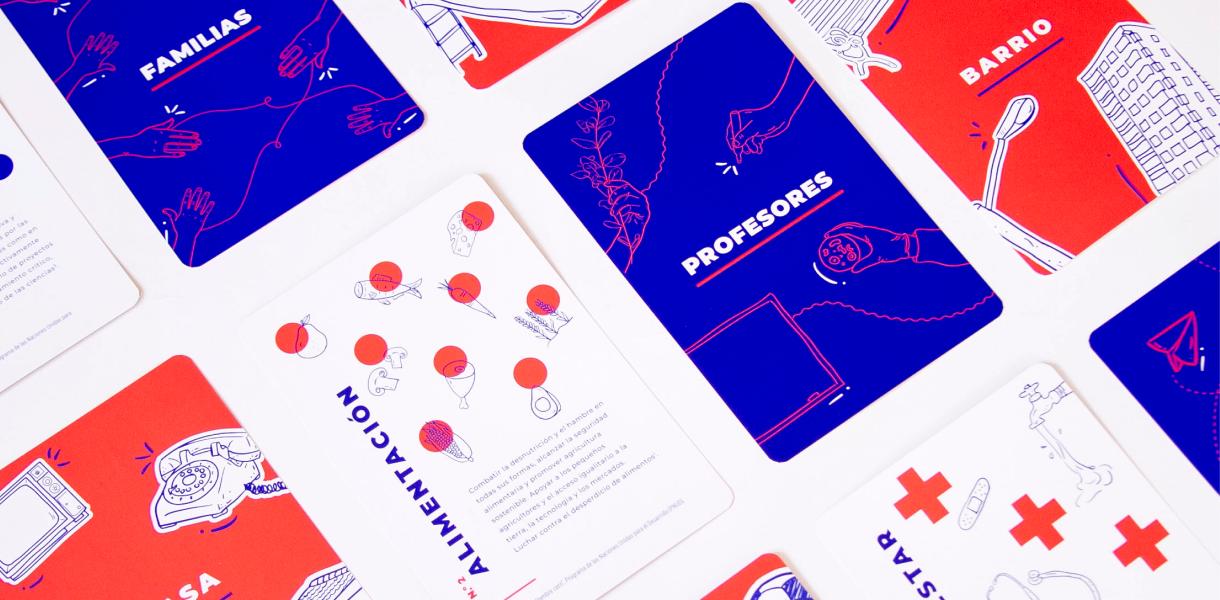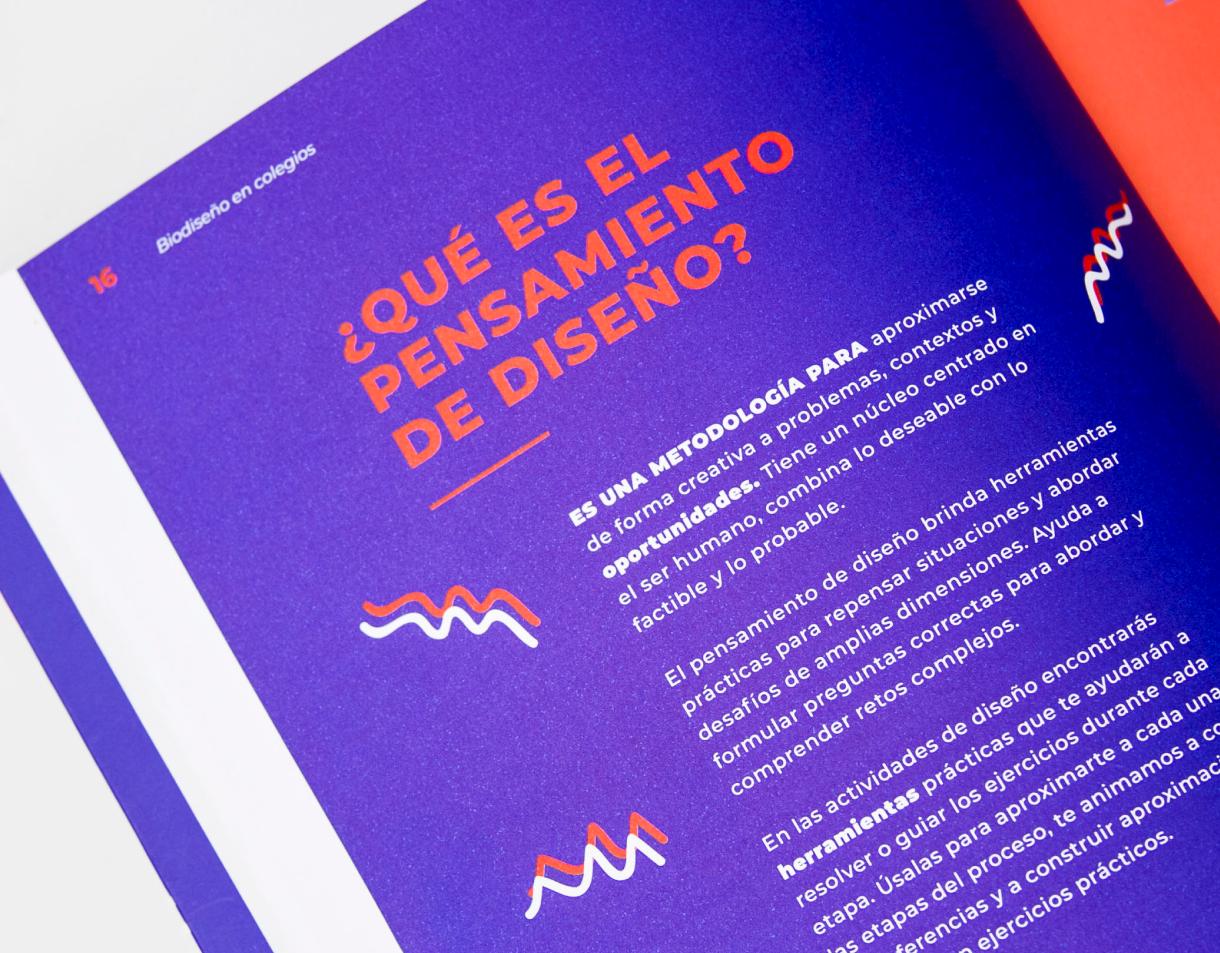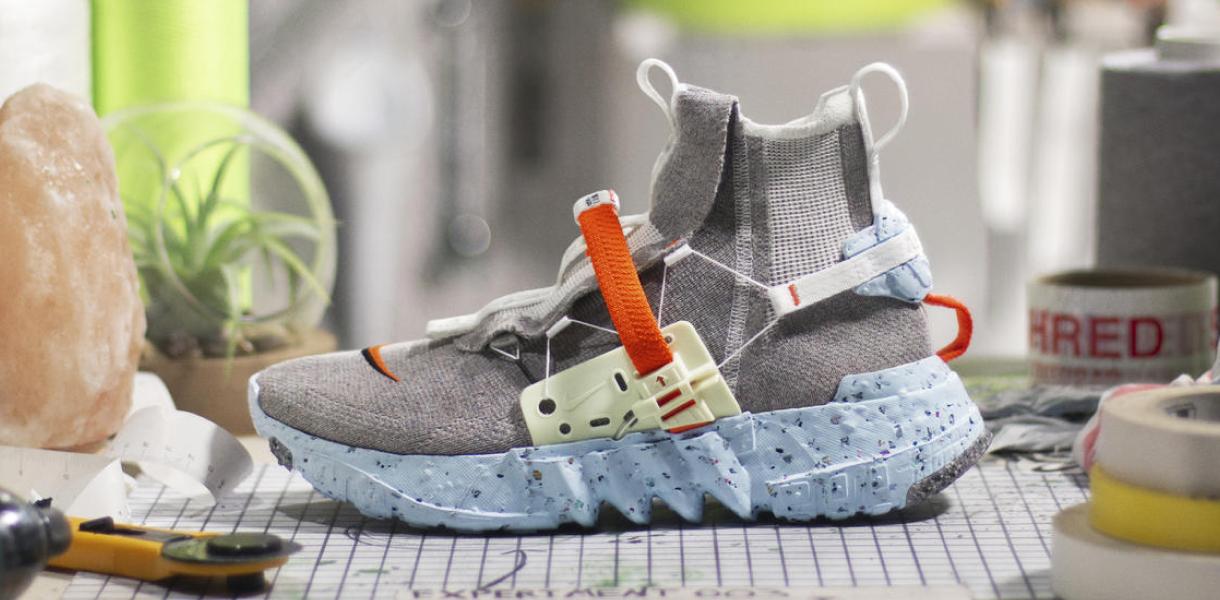What’s the design in a nutshell?
Biodesign in High Schools, a Diseño Responde Finalist, is a trainer-teaching programme helping Colombian school teachers bring biodesign, science and design thinking methodologies into classrooms.
Why is it needed?
Despite Colombia showing increases in education net coverage and decreases in school drop-outs over the past decades, the quality of education hasn’t kept pace. In the 2018 PISA test, Colombia ranked lowest among the OECD countries. In fact, no Latin American countries ranked higher than 43 and all had scored lower than average on the PISA test. To top it off, the field of STEM, which has proven fit for developing competitive skills, are producing too few graduates.
For a group of designers from Universidad de los Andes, these numbers painted a stark image of a youth lost and a country in decline. This is why they saw an urgent need for sparking interest in STEM and design thinking methods to build a more equipped and skilled youth who would also focus on solving collective local and global problems for the greater good.
How does it work?
Through a pedagogical approach, it promotes teachers to take leadership and supports them in the development of the methodologies with their students. In doing so, the project guides teachers to produce creative and innovative students capable of assessing and solving complex problems.
The end goal is to attract Colombian youth to STEM (science, technology, engineering and mathematics) education and build a generation of creative problem-solvers and skilled innovators.
"Students learn how to incorporate cutting-edge biotechnologies in solutions to real and contextualised problems."
How does it improve life?
Inspired by their own learning experience, the Biodesign in High Schools programme introduces biodesign methodology as an alternative way of learning. Through these methodologies, students learn how to incorporate cutting-edge biotechnologies in solutions to real and contextualised problems. The process is inspired by the deliberate observation of nature in order to generate ideas and adapt them for our benefit.
The team behind Biodesign in High Schools firmly believes that science and design thinking creates opportunities to think about a better future for Colombian kids and the community. By teaching and empowering students to build ethically responsible solutions they can not only help decrease negative impacts on our environment and communities but pursue fulfilling careers and know how to face and handle challenges ahead.
What’s the impact to date or projected impact?
In 2020, Biodesign in High Schools carried out a pilot project in low-income schools located in the towns of Candelaria, Santafé, Bosa and San Cristóbal in Bogotá and the Ciudad Verde and Terreros in the municipality of Soacha. Here, they trained and monitored 32 teachers accompanied by 250 students, between 12 and 18 years old. As of today, the project is 60% complete and reports 100% satisfaction with the training sessions and several student-proposed solutions related to ecosystem conservation, sustainability, education, infrastructure, and food.








